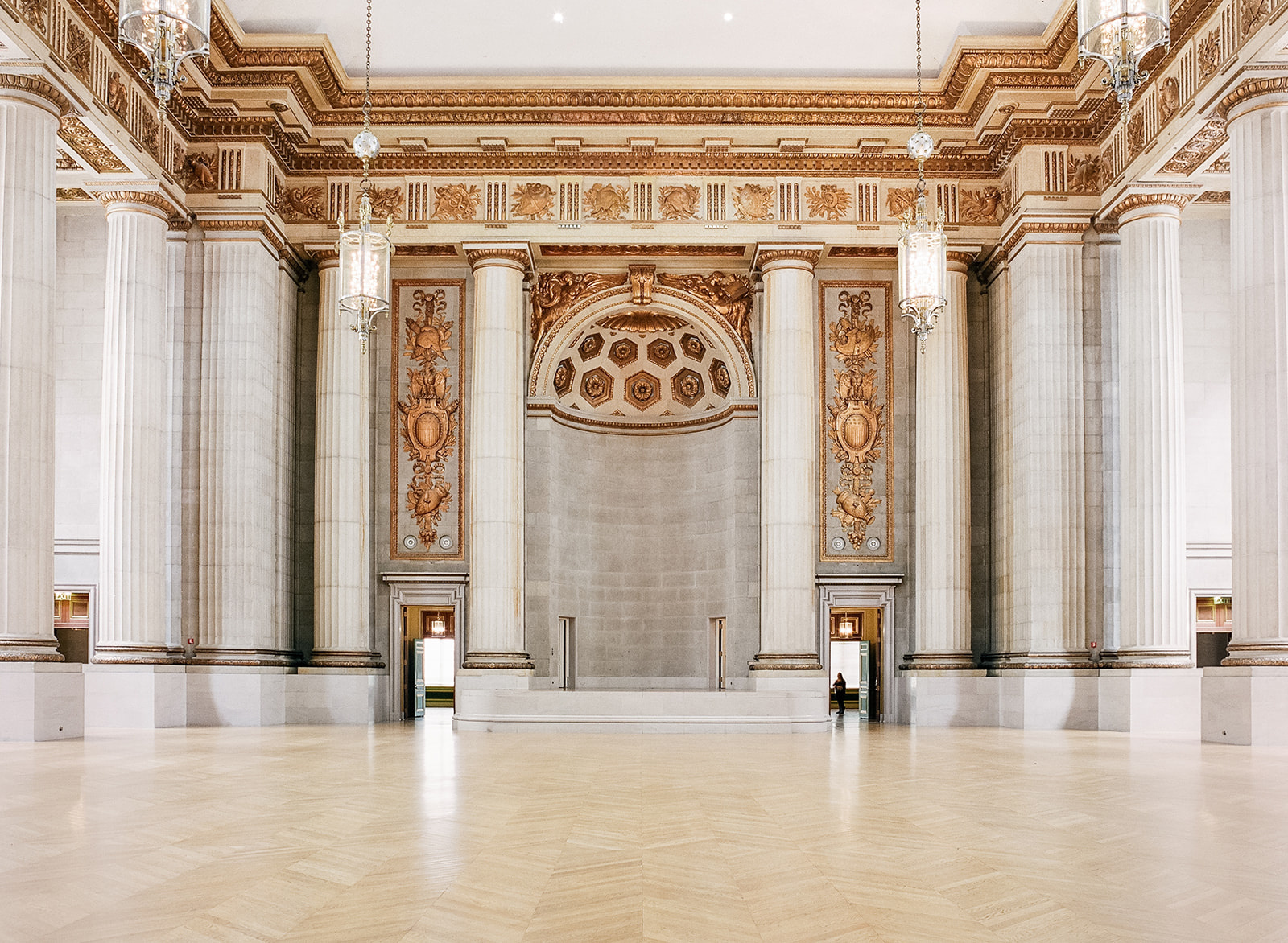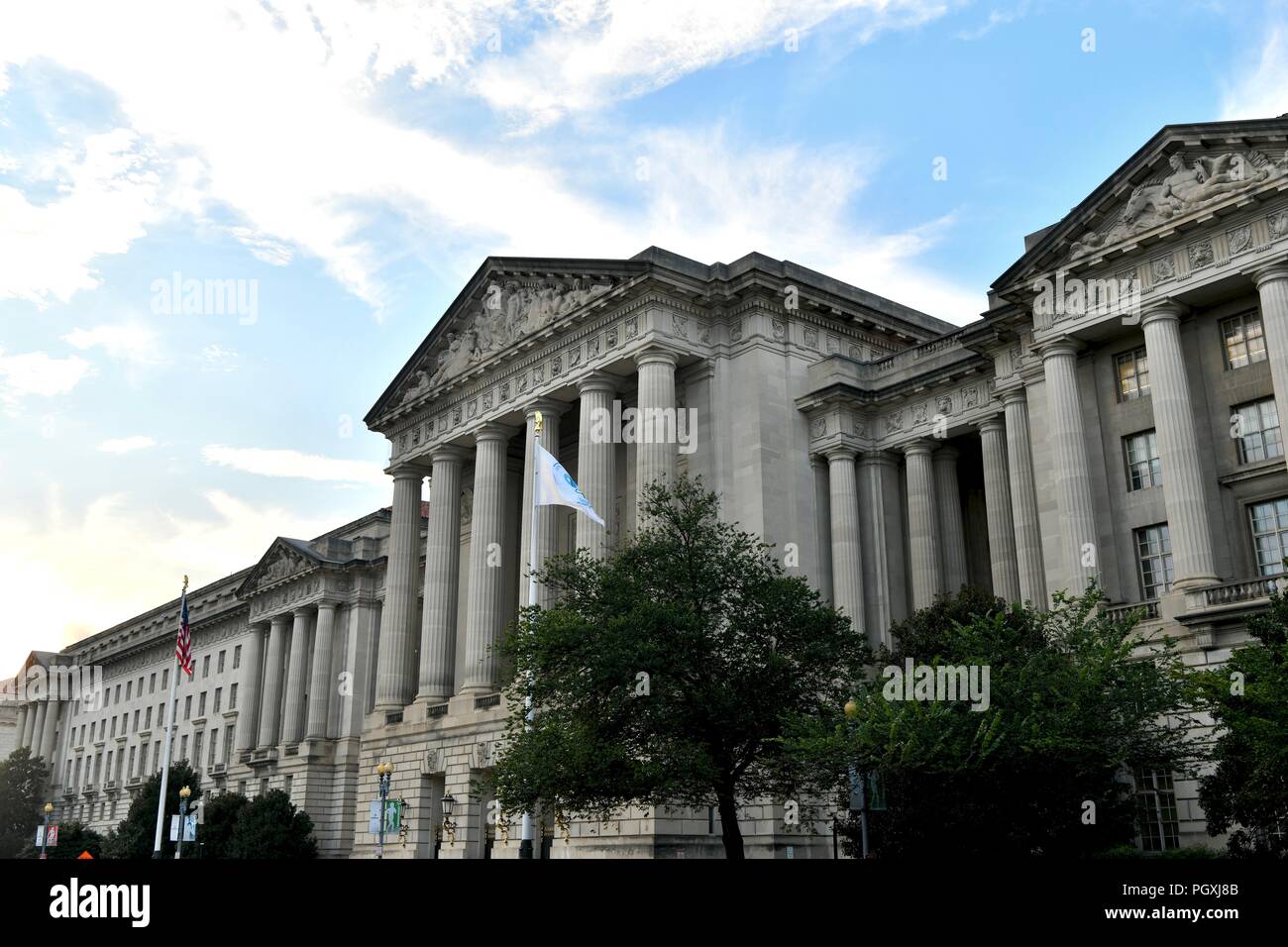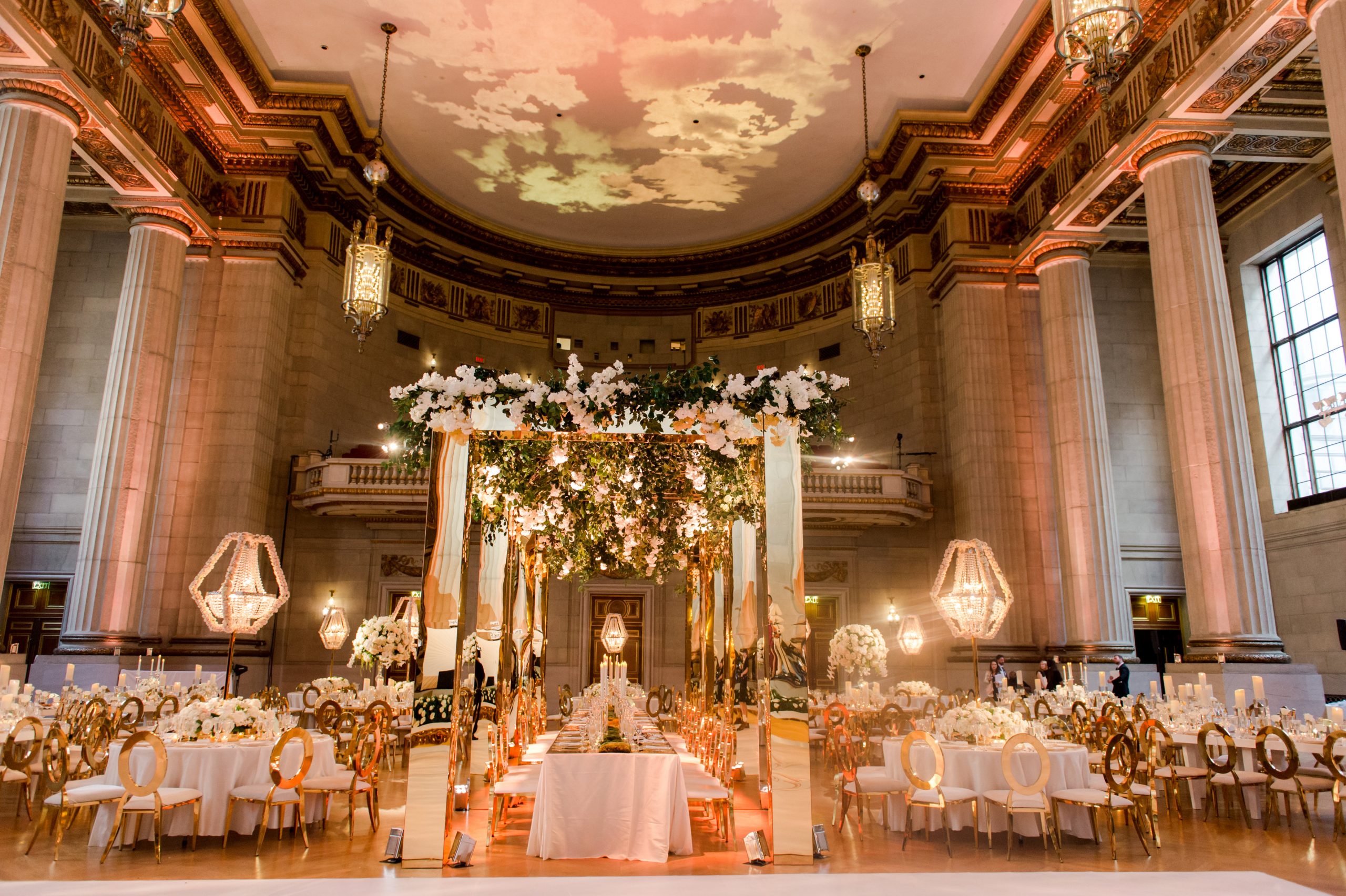Mellon Auditorium’s Architectural Significance

Mellon Auditorium, a masterpiece of Beaux-Arts architecture, stands as a testament to the grandeur and cultural significance of the early 20th century. Its design, inspired by classical European opera houses, seamlessly blends aesthetics with functionality, creating an architectural marvel that has captivated audiences for generations.
Architectural Style and Design Features
The auditorium’s imposing facade is adorned with intricate carvings, ionic columns, and a grand pediment, reminiscent of ancient Greek temples. Inside, the horseshoe-shaped auditorium is crowned by a massive coffered dome, painted with vibrant murals depicting scenes from mythology and music. The auditorium’s opulent decor, featuring gilded balconies, plush seating, and elaborate chandeliers, creates an atmosphere of timeless elegance.
Historical Context and Influences
Mellon Auditorium was commissioned by philanthropist Andrew Mellon as a gift to the people of Washington, D.C. The design, by renowned architect John Russell Pope, was heavily influenced by the Paris Opera House and other European concert halls. It was intended to be a world-class venue for musical performances and civic events, reflecting the growing cultural aspirations of the nation.
Acoustics and Reputation
One of Mellon Auditorium’s most remarkable features is its exceptional acoustics. The auditorium’s horseshoe shape and the use of sound-absorbing materials create an intimate and immersive listening experience. The dome’s shape and the placement of sound reflectors ensure that every seat in the house offers an unparalleled clarity and richness of sound. This acoustic excellence has earned Mellon Auditorium a reputation as one of the world’s finest concert halls, hosting countless renowned musicians and performances.
Mellon Auditorium’s Historical Events and Performances

Mellon Auditorium has played host to a remarkable array of historical events and performances that have left an indelible mark on the cultural landscape of Washington, D.C. From the inaugural balls of presidents to groundbreaking speeches and concerts, the auditorium has witnessed some of the most significant moments in the nation’s history.
Presidential Inaugural Balls
Mellon Auditorium has served as the venue for numerous presidential inaugural balls, a tradition that began with President Warren G. Harding’s inaugural ball in 1921. Over the years, the auditorium has hosted the inaugural balls of Presidents Calvin Coolidge, Herbert Hoover, Franklin D. Roosevelt, Harry S. Truman, Dwight D. Eisenhower, John F. Kennedy, Lyndon B. Johnson, Richard Nixon, Gerald Ford, Jimmy Carter, Ronald Reagan, George H.W. Bush, Bill Clinton, George W. Bush, and Barack Obama.
Notable Speeches
In addition to inaugural balls, Mellon Auditorium has also been the site of many notable speeches. President Franklin D. Roosevelt delivered his famous “Four Freedoms” speech here in 1941, and President John F. Kennedy gave his “Moon Speech” here in 1962, challenging the nation to land a man on the moon before the end of the decade.
Musical Performances
Mellon Auditorium has also hosted a wide range of musical performances, from classical concerts to rock and roll shows. Some of the most famous musicians to grace its stage include the Boston Symphony Orchestra, the New York Philharmonic, the Philadelphia Orchestra, the Chicago Symphony Orchestra, the Cleveland Orchestra, the Berlin Philharmonic, the Vienna Philharmonic, and the Royal Philharmonic Orchestra. Rock and roll legends such as the Beatles, the Rolling Stones, and Bob Dylan have also performed at the auditorium.
Other Notable Events
In addition to the events mentioned above, Mellon Auditorium has also hosted a variety of other notable events, including the first national convention of the American Legion in 1919, the first national convention of the Veterans of Foreign Wars in 1920, and the first national convention of the Disabled American Veterans in 1921. The auditorium has also been used for a variety of other purposes, including as a hospital during World War II and as a polling place during elections.
Mellon Auditorium’s Current Use and Future Plans

Mellon Auditorium remains an active and sought-after venue in Washington, D.C. Its stunning architecture and historical significance make it an ideal setting for a wide range of events.
Today, Mellon Auditorium primarily hosts concerts, conferences, and special events. The auditorium’s acoustics and spacious stage have made it a popular choice for musical performances, from classical to contemporary.
Recent Renovations and Upgrades
In recent years, Mellon Auditorium has undergone several renovations and upgrades to enhance its functionality and preserve its historical integrity. These include:
- Installation of a new sound system and lighting
- Restoration of the original marble and plasterwork
- Improvements to accessibility, including new ramps and elevators
Upcoming Events and Future Plans, Mellon auditorium
Mellon Auditorium continues to be a vibrant and dynamic venue. Upcoming events include concerts by the National Symphony Orchestra and the Washington Performing Arts Society. The auditorium is also slated to host several conferences and special events in the coming months.
Looking to the future, there are plans to further enhance Mellon Auditorium’s facilities and expand its programming. These plans include:
- Renovation of the auditorium’s lobby and restrooms
- Creation of new educational and outreach programs
- Expansion of the auditorium’s rental capabilities
These plans will ensure that Mellon Auditorium remains a vital and cherished cultural institution in Washington, D.C. for generations to come.